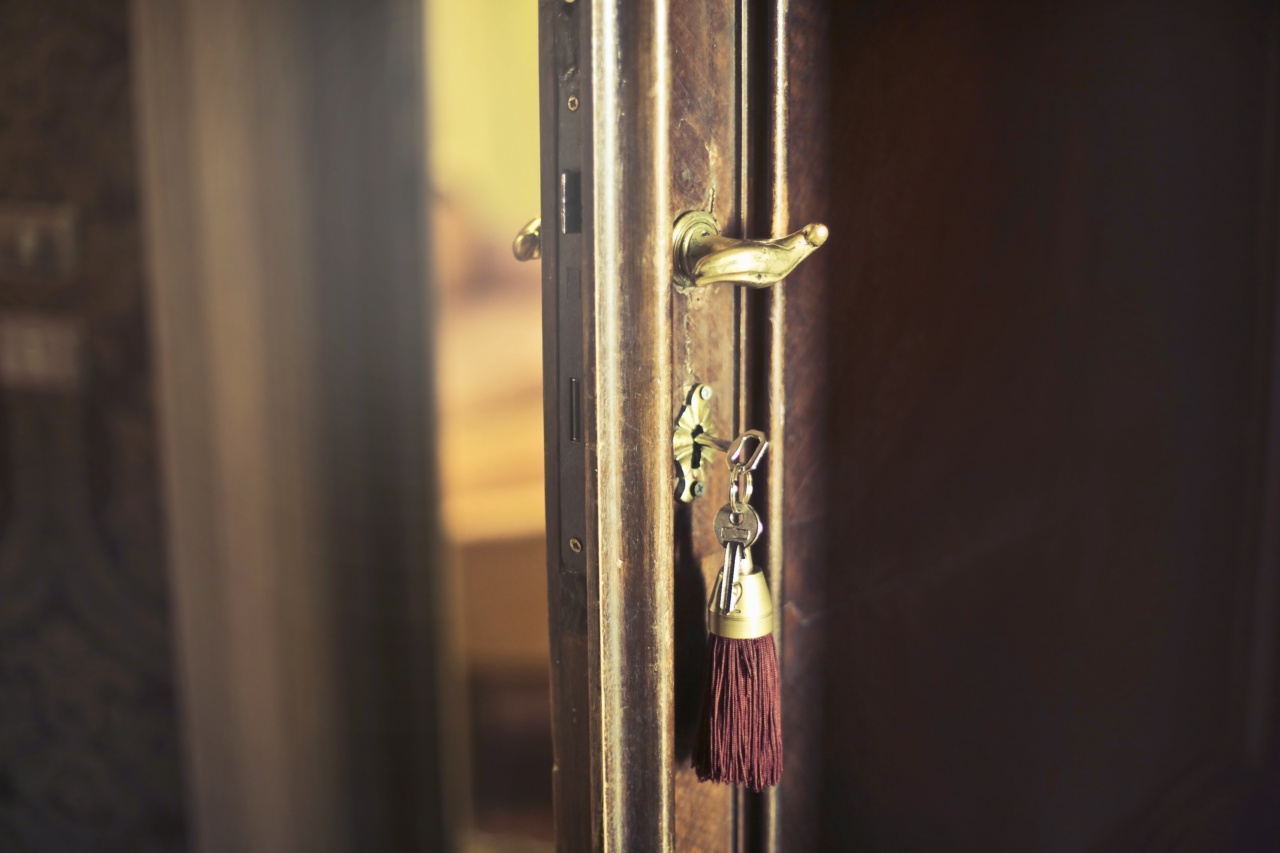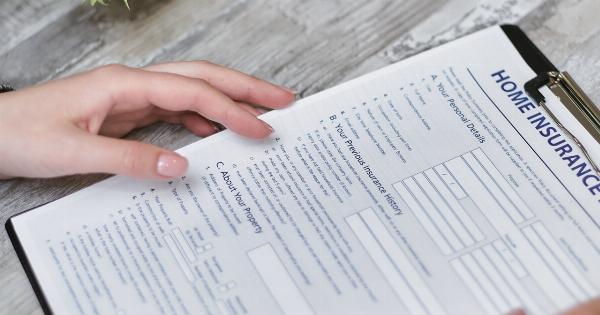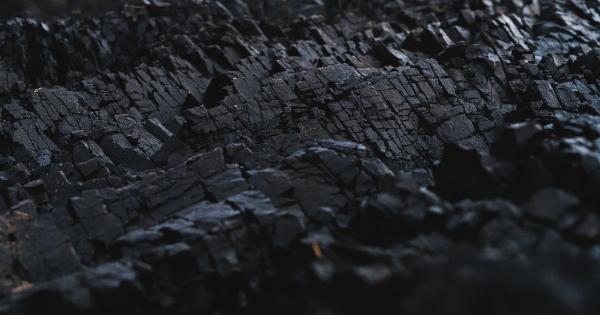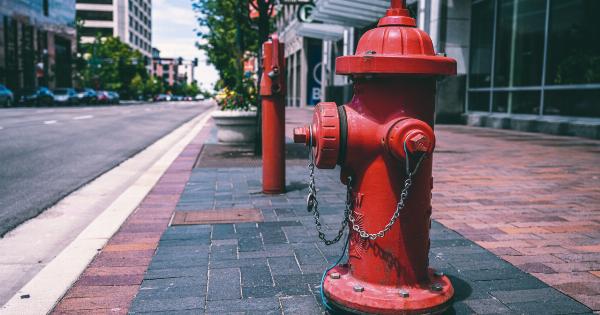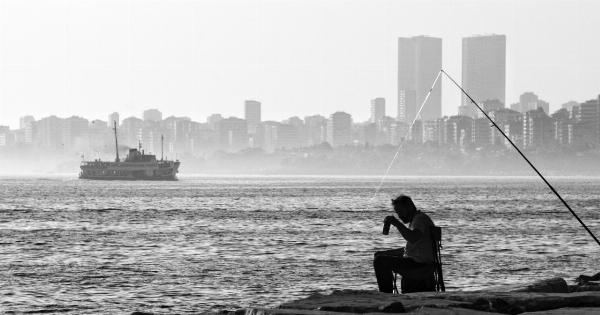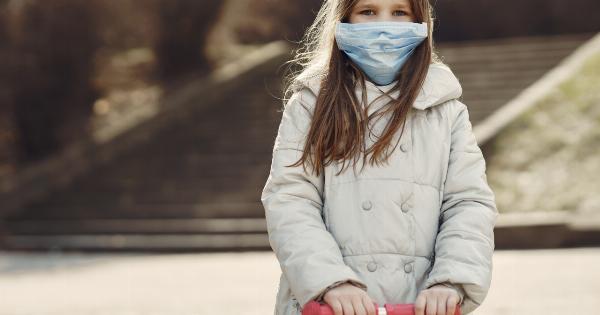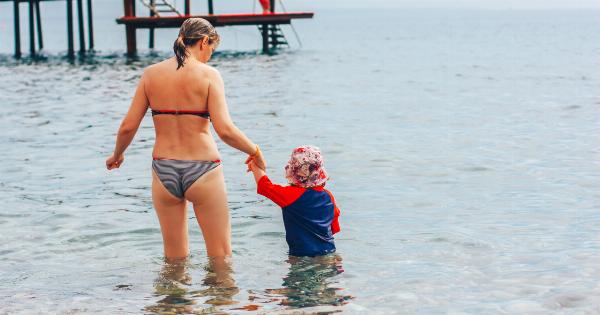Disasters can strike at any time, and when they do, they can cause significant damage to your home and property.
From hurricanes and earthquakes to floods and fires, it’s crucial to take proactive measures to disaster-proof your home and minimize potential risks. By implementing a few simple tips and tricks, you can greatly enhance the safety and security of your property. In this article, we will dive into the various ways you can protect your home from different types of disasters.
1. Create an Emergency Preparedness Plan
An emergency preparedness plan is the foundation of disaster-proofing your home. Begin by identifying potential hazards in your area, such as flooding zones, earthquake-prone areas, or regions susceptible to wildfires.
Once you understand the risks specific to your location, you can develop a comprehensive plan tailored to your needs.
Ensure that every member of your household knows the plan and their roles in the event of a disaster. Designate meeting points, establish emergency contacts, and keep a list of important phone numbers readily accessible.
Regularly review and update the plan as needed, and practice emergency drills with your family to ensure everyone is well-prepared.
2. Reinforce Your Home’s Structure
One of the first steps towards disaster-proofing your home is reinforcing its structure to withstand various forces. Consult with a professional contractor or engineer to assess the integrity of your home and identify any vulnerabilities.
Based on their recommendations, you can take the necessary steps to reinforce weak areas.
For example, in earthquake-prone regions, it may be necessary to retrofit your home with seismic bracing. This involves adding braces and anchors to secure your foundation, walls, and chimney.
In hurricane-prone coastal areas, installing impact-resistant windows and reinforcing entry doors can help protect against high winds and flying debris. Taking these proactive measures will make your home more resilient to natural disasters.
3. Secure Loose Objects
During a disaster, loose objects can turn into dangerous projectiles, causing significant damage to your home and posing a threat to your safety. Take the time to secure any loose objects both inside and outside your home to mitigate these risks.
For outdoor areas, anchor down patio furniture, grills, and any other movable objects that could get swept away by strong winds or flooding. Trim trees regularly to remove dead branches that could potentially fall on your house during a storm.
Inside your home, secure heavy furniture and appliances to the walls or the floor using safety straps or brackets.
4. Install Smoke and Carbon Monoxide Detectors
In the event of a fire or carbon monoxide leak, early detection can save lives. Install smoke detectors on every level of your home, particularly in sleeping areas and near any potential sources of fire hazards, such as the kitchen or fireplace.
Make sure to test and replace the batteries regularly.
In addition to smoke detectors, install carbon monoxide detectors near bedrooms or gas-powered appliances to protect your family from the dangers of this odorless gas.
Keeping these devices in good working condition is crucial for a quick response in the face of an emergency.
5. Strengthen Your Roof
Your roof is your home’s first line of defense against the elements. A well-maintained, sturdy roof can significantly reduce the risk of damage during a disaster.
Regularly inspect your roof for any signs of damage, such as missing or loose shingles, and address these issues promptly.
In hurricane-prone areas, consider installing hurricane straps or clips to reinforce the connection between your roof and walls. This can help prevent your roof from being lifted off during high winds.
Additionally, ensure your gutters and downspouts are clear of debris to prevent water from accumulating on your roof and causing leaks or structural damage.
6. Waterproof Your Basement
Basement flooding can be a common issue, especially in areas with high groundwater levels or heavy rainfall. Protect your home from water damage by waterproofing your basement.
Start by inspecting the foundation for any cracks or gaps. Seal these openings using waterproof sealants or specialized materials designed for foundation repair. Installing a sump pump can also help remove excess water and prevent flooding.
Consider elevating any valuable or vulnerable items stored in your basement to minimize potential losses in the event of water intrusion.
7. Maintain Landscaping
Proper landscaping can play a vital role in protecting your property from various natural disasters. Keep your landscaping well-maintained to mitigate potential risks.
Regularly trim tree branches and remove any dead trees or shrubs from your property to prevent them from falling during storms.
Ensure that plants and shrubs are located a safe distance away from your home’s foundation, as their roots can cause damage over time. If you live in a fire-prone area, create a defensible space by removing dry vegetation and maintaining a fire-resistant landscape.
8. Install a Backup Power Source
In the event of a power outage during a disaster, having a backup power source can be a game-changer. Consider installing a generator or investing in a battery-powered backup system to keep essential appliances and systems running.
A backup power source can help keep your lights on, preserve refrigerated food, power necessary medical equipment, and even run heating or cooling systems depending on its capacity.
Ensure you understand how to operate and maintain the backup power source safely.
9. Secure Important Documents and Valuables
In the aftermath of a disaster, locating important documents, such as insurance policies or identification documents, can be challenging. Prepare for such situations by safeguarding your important documents in a secure, easily accessible location.
Consider investing in a fireproof and waterproof safe or a safety deposit box at a local bank. Ensure that your documents are organized and labeled appropriately for quick retrieval.
Make digital copies of important documents and store them in a secure, password-protected cloud storage service or an external hard drive.
10. Stay Informed and Insured
Knowledge is power when it comes to disaster preparedness. Stay informed about the potential hazards in your area and regularly check for updates from local authorities or emergency management agencies.
Review your insurance policies to ensure they adequately cover potential hazards specific to your region. Consider additional coverage options, such as flood insurance or earthquake insurance, if necessary.
Take inventory of your belongings and keep a record of valuable items, including photographs or videos. This documentation can facilitate the claims process in case of damage or loss.
By following these tips and tricks, you can significantly increase the chances of protecting your home and property from various disasters.
Remember, preparedness is key, and investing time and effort into disaster-proofing your home is a proactive step towards safeguarding your loved ones and belongings.
